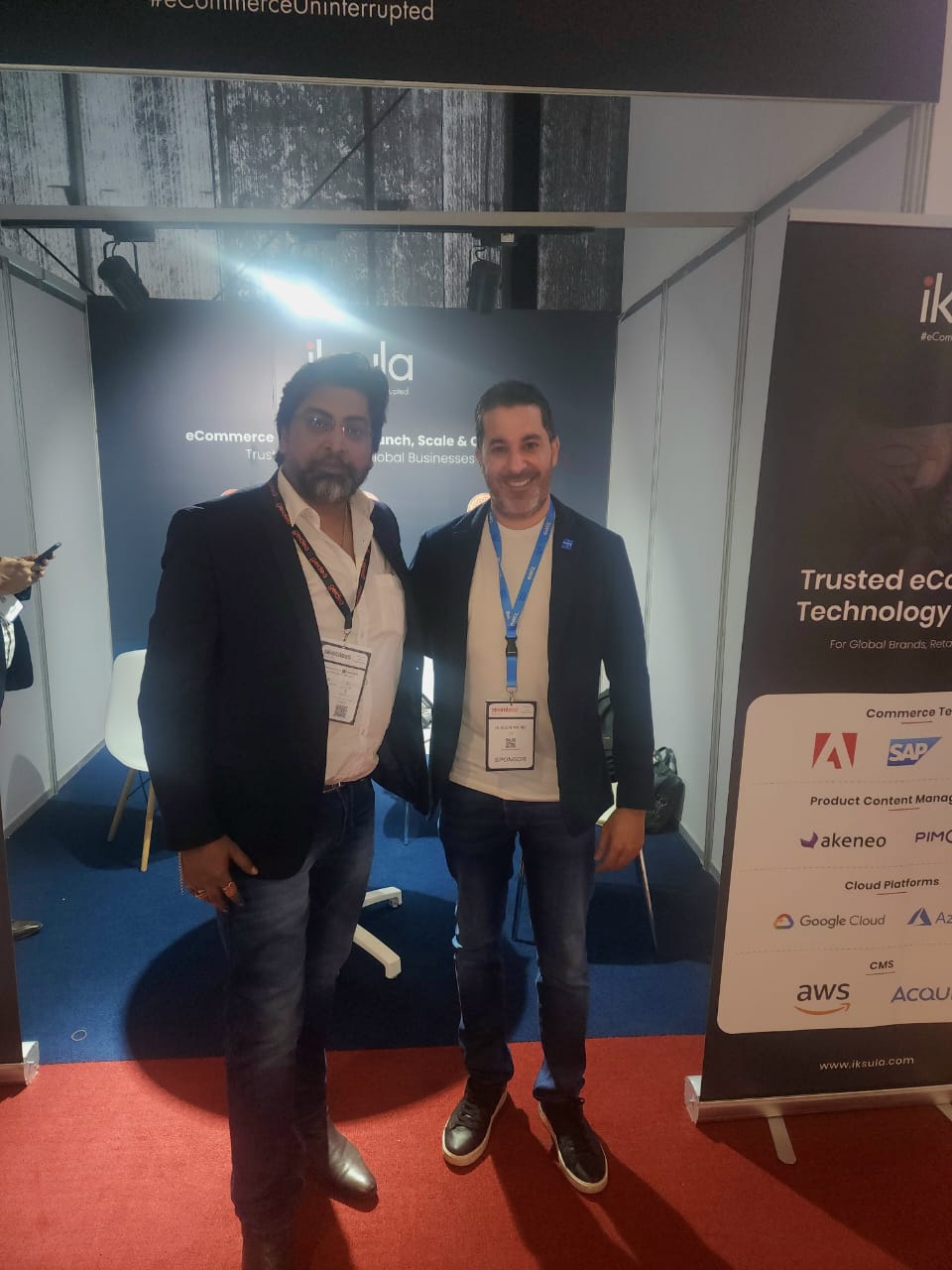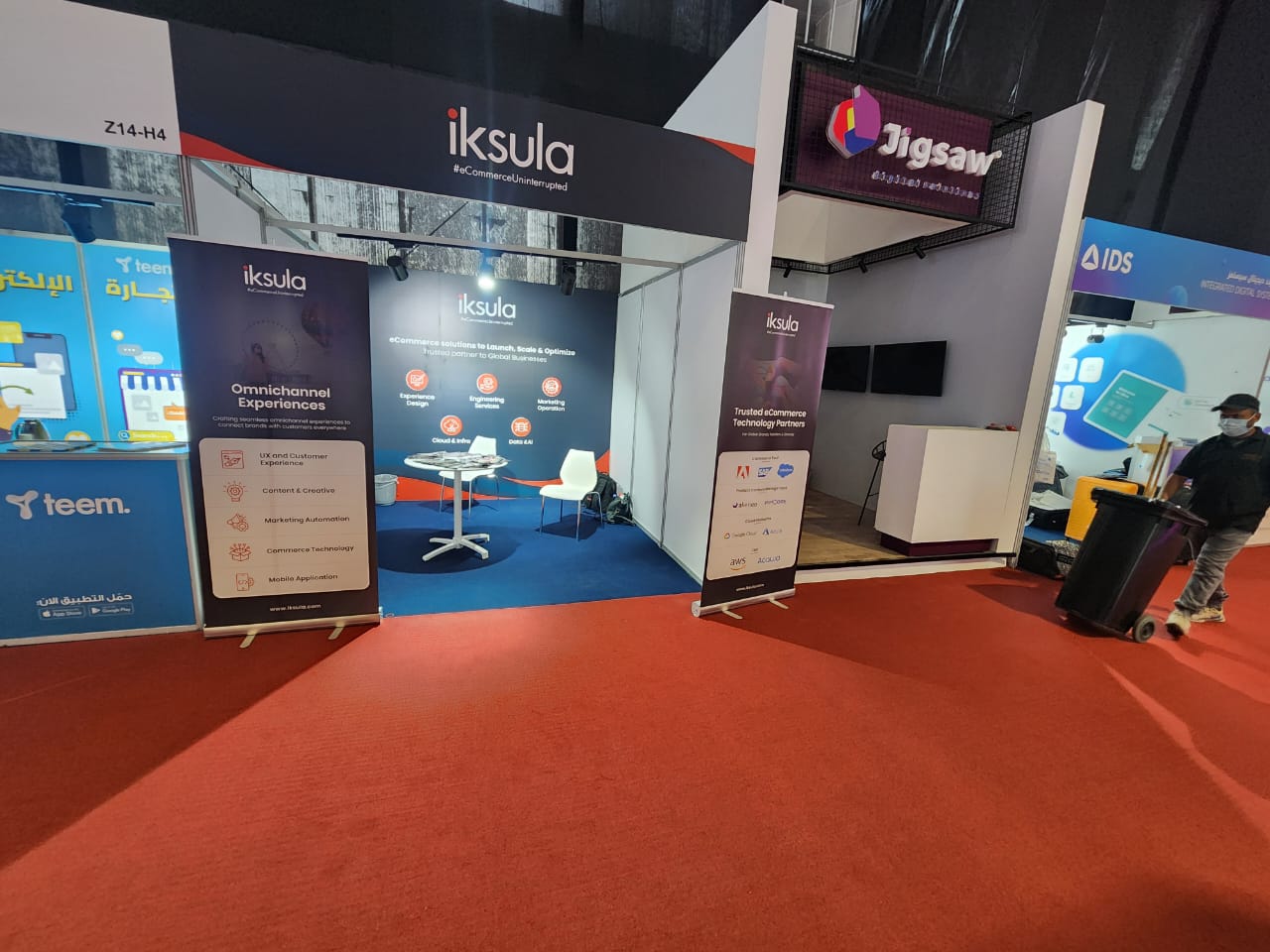Why is every business adopting a retail mindset?
Digital technologies have created significant disruption across industries in the last decade. The rise of internet connectivity, digital commerce and the proliferation of mobile devices is forcing businesses to redesign their models around their customers. This includes financial institutions, B2B wholesale distributors, industrial manufacturers and multiple such industries. As per Fujitsu, the key drivers of digital transformation are:
- 67% increased revenue
- 68% improved efficiency and reduced cost.
- 69% strengthened customer relationships
This strengthens the argument that eRetailization – the embracing of eRetail principles – is the path to the future.
The operating model for eRetailization

Digital transformation blurs the gap between the physical and digital worlds. It allows businesses to create new, innovative business models to keep pace with current industry trends and pursue better revenue streams, like direct-to-customer (D2C) selling.
Multiple digital commerce business models – B2C, D2C, C2B, and beyond – have emerged over the last 20 years. However, the underlying concept for a functioning tech-first digital operating model remains the same. It consists of the following steps:
1. Creating a digital pathway with an omnichannel approach
Customers are increasingly digitally connected, and every touchpoint of their purchase journey is digitally influenced. This makes creating a digital pathway that leverages high-quality digital experiences the first step to retail tech transformation. An omnichannel business strategy across channels (in-store and online) enabled by centralized data management streamlines customer experience and lays the foundation for building strong customer relationships. Omnichannel retailing takes convenience and flexibility to new heights, benefitting both customers and retailers.
2. Prioritizing continuous customer engagement
In the changing market and consumer landscape where consumers are becoming more informed, less loyal, and channel agnostic, tech transformation is no more a good-to-have strategy but a must-have. To navigate the new digital divide facing traditional retailers, it is important to prioritize customer engagement now more than ever. This could mean creating interesting content, gamification, or running timely promotions and discounts to let consumers engage with the brand and make the brand a part of their daily lives.
One of the best examples of customer engagement initiatives in the retail industry is retail giant Nike’s digital offerings. The brand connects with its existing and prospective customers through a retail mobile app, a fitness training app, and a robust social media presence among other channels in Nike’s digital ecosystem. Nike’s revenue was up 17 percent in the second quarter (Q2 Fiscal 23) — CEO John Donahue called this growth a testament to the brand’s deep connection with its consumers driven by Nike’s expanding digital leadership.
3. Creating and incentivizing customer retention opportunities
The natural progression after acquiring and engaging with customers is creating strategies to retain them for as long as possible. To increase the lifetime value (LTV) of customers, retailers should give them strong incentives that encourage brand loyalty. The effort a business puts into customer loyalty and LTV is an acknowledgment to customers that they matter, which brings them back to engage with the company’s different offerings and make repeat purchases.
Offering compelling loyalty programs, bundling products or services, and showing automatically discounted prices to returning customers are a few retention strategies possible with intelligent retail technologies.
A classic example of a company that has systems in place to increase customer LTV is retail giant Amazon. Amazon Prime, the company’s membership program, offers many benefits to members, including one-day delivery, video and music streaming, games, and so forth, thereby increasing engagement and retention.
An example to understand the current digital commerce landscape
Today, the internet allows every business (B2B or B2C) to directly interact with the end customer. Let’s take an example to understand how a hypothetical mobile phone company called Mangus uses tech to drive its business efficiently.
Mangus gathers deep customer insights to design a business model. The company sets up its own manufacturing plant or decides to outsource production to China. Based on the insights it gathers, Mangus chooses its product positioning and price point to create marketing campaigns for different digital channels. Next in its retail value chain, Mangus creates sales strategies and incentives for its distribution channels — wholesalers, traditional retailers, and modern retailers — who then sell the products to the end customer. The only time Mangus sees its end customers is if there are any technical defects in the products.
On the contrary, various eCommerce channels are upending this way of working. Retailers who own the end customers are launching their own mobile phone brands. For example, Supreme, a skateboard and clothing retailer, entered the phone market with its basic burner phone featuring the company’s branding. And smart, internet-savvy retailers are already at the forefront of the latest disruption in digital media. Walmart’s media business is the best example of a retailer using digital to harness its omnichannel presence.
Pave the way forward with eRetailization
To keep pace with industry leaders, traditional retail businesses must reinvent themselves with digital tech transformation. Technology is at the core of retail digital transformation or eRetailization.

What is eRetailization?
In the simplest terms, eRetailization is defined as a means to enable traditional businesses to adopt core retail concepts, including a customer-focused mindset and direct engagement with customers, driven by technology tools. eRetailization leverages different aspects of the new eCommerce landscape to create a scalable, profitable business model. It includes technology enablement, operations, data analytics, artificial intelligence (AI), cloud technology, and more.
How can technology help in eRetailization?

eRetailization is not one technology or process. It is an amalgamation of digital capabilities that empower retail businesses to use the power of tech to stay relevant and drive growth.
Iksula bridges the gap between ambitious retail companies and industry-leading technologies. Among the suite of Iksula’s eCommerce solutions and technologies that enable retail digital transformation and eRetailization are the following capabilities:
1. eCommerce Product Content experience: Customers want only the best shopping experience. Iksula’s end-to-end Product Content Experience Solution comprises AI-powered tools – AI Copywriting, AI-based Translation and Imaging Tools. This enables high-quality product content creation at scale, resulting in
- Improved product discovery
- Enhanced product experience
- A better omnichannel experience
- Consistent and up-to-date content across all your digital platforms
2. Omnichannel Technology: ecommerce Technology landscape is vast and continuously evolving. With experience in enabling Omnichannel business models for global customers, Iksula is well positioned to be a long term partner to identify, implement & evolve tech stacks that power digital businesses.
3. Omnichannel management: Having managed omnichannel digital transformations for retail companies for more than a decade, Iksula manages end-to-end eCommerce operations helping them scale faster and profitably.
4. Supply chain management: Every sector in the retail industry — fashion, consumer goods, home and entertainment, health and personal care, electronics, automotive, and beyond. — needs agile supply chain management solutions to enhance productivity and build scale. The right technology can help you quickly resolve your supply chain challenges.
5. Data analytics: Data analytics (a combination of big data, traditional, and predictive analytics) helps retailers optimize strategies, identify and mitigate risks, and make improvements at different stages of the retail value chain.
Conclusion
Successful companies in the retail industry are adopting a digital-first eRetailization approach to create and reach a global customer base. For sustainable long-term growth, partner with a technology partner like Iksula who is committed to helping scale faster.
To know more about how Iksula can help streamline your eRetailization journey, book a consultation call with our team of eCommerce experts.








































